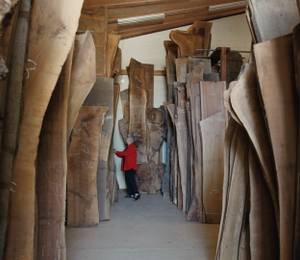Singapore – Singapore Management University (SMU) recently broke ground on latest development – a five-storey green building in the heart of the city designed to support the University’s innovative SMU-X pedagogy, as well as cultivate innovation and entrepreneurship. The S$70 million development has been made possible by a donation from the Tahir Foundation and a grant from the Building and Construction Authority under the Public Sector Construction Productivity Fund (PSCPF).
SMU has named the building Tahir Foundation Connexion in appreciation of the Foundation’s contribution. The donation, the amount of which is undisclosed, is the second largest gift received by the University to-date. The ceremony was officiated this morning by Guest-of-Honour Mr Desmond Lee, Minister for Social and Family Development and Second Minister for National Development, in the presence of 150 guests, comprising SMU’s Board of Trustees, partners, as well as faculty, staff and student leaders.
Located between SMU’s School of Accountancy and School of Law, the new building will add over 8,600 square metres of teaching-and-learning space to SMU’s city campus. It will enable seamless connectivity through the entire SMU city campus, as well as provide a sheltered link (aboveground and underground) from Bras Basah Road leading to Fort Canning and Armenian Street. Besides enhancing convenience for the SMU community, it will also benefit members of the public, who will have better access to the lush greenery at Fort Canning Park. With some of the new building’s spaces and facilities being open 24/7, it will also add vibrancy to the Bras Basah precinct.
In line with SMU’s commitment towards developing a smart, green and sustainable campus, the Tahir Foundation Connexion is designed to meet the Building and Construction Authority (BCA) Green Mark Platinum certification and the international WELL Building Standard. Aside from being the city centre’s first large-scale Mass Engineered Timber (MET) development, the building is also its first On-site Net Zero Energy Building, being self sustainable with its own power generated from a photovoltaic system located within the same building. The building also boasts many green features and technologies, including an advanced passive displacement cooling, smart LED lighting and predictive smart building control systems.












